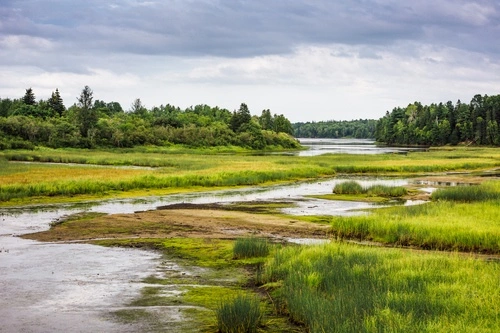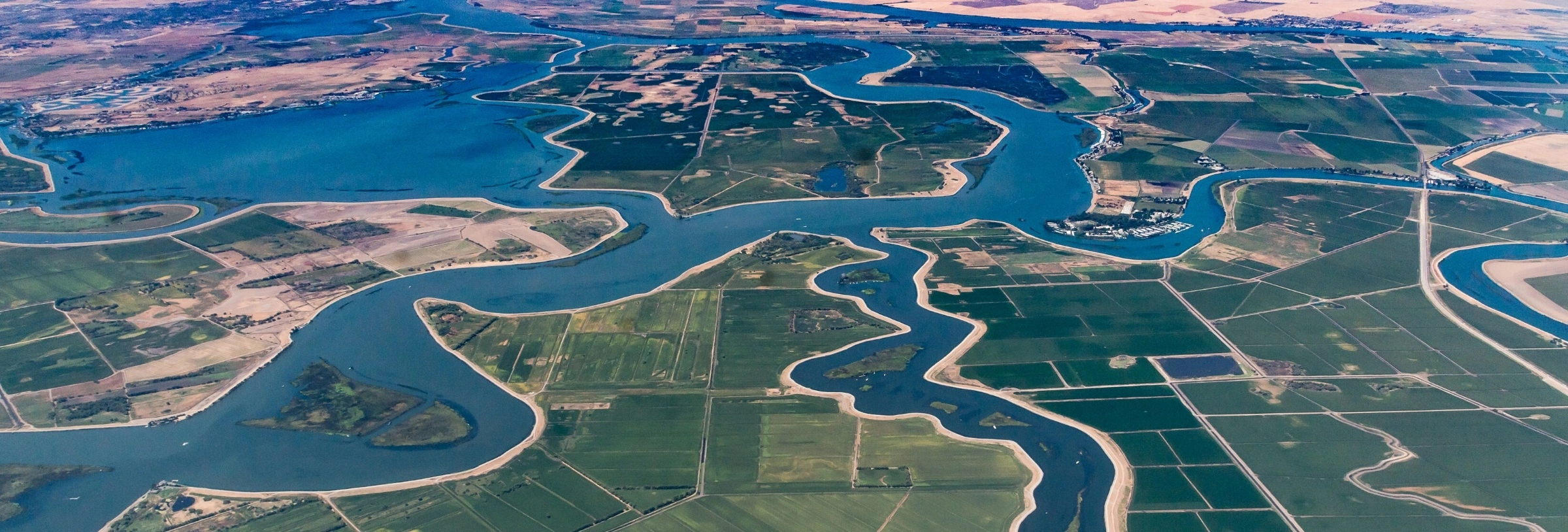
In the ongoing saga of the Clean Water Act’s so-called “Waters of the United States” or WOTUS rule, the U.S. Environmental Protection Agency (EPA) and the Army Corps of Engineers (ACOE) announced changes to the definition of “Navigable Waterways” on January 23, 2020. Those changes were published in the Federal Register on April 21, 2020. The EPA and ACOE share jurisdiction for administering the Clean Water Act and are collectively responsible for adopting regulations for implementing the Clean Water Act. The change to the definition of Navigable Waters is the latest move by the EPA and ACOE to redefine the scope of the Clean Water Act’s reach during the years following the introduction of the 2015 Clean Water Rule. The confusion and controversy stem, ironically, from the Clean Water Act’s simple definition of “navigable waters” as “waters of the United States.” The Act itself doesn’t provide any further definition, and determining the waters over which the Act confers jurisdiction has been the subject of controversy and litigation for years.
The most dramatic move to clarify the meaning of “navigable waters” or “waters of the United States” was taken by the Obama Administration in 2015. It was almost immediately the subject of myriad lawsuits challenging its propriety, and was ultimately stayed in the majority of states. This new rule is the latest step in a two-step process advanced by the Trump Administration to repeal and replace the 2015 rule. According to the new rule’s text, it seeks to preserve the EPA and ACOE’s ability to regulate waters that are clearly jurisdictional, while still providing the states more authority to manage the resources and waters within their borders. The intent identified by the EPA and ACOE is to clarify the meaning of “waters of the United States” under the Clean Water Act in a way that increases the predictability and consistency of Clean Water Act programs and jurisdiction.
Now that it is published, it is likely to be the subject of litigation once it is published and effective. This is in keeping with the ongoing litigation over the 2015 Clean Water Rule, and the subsequent 2019 rule that repealed the 2015 Clean Water Rule. Thus, despite the new rule’s intent to clarify the scope of the Clean Water Act, it is likely that it will remain the subject of controversy and confusion, until there is a final determination by one or more courts. But how did we get here? To further explore this important topic, please click here to read our full eAlert on the continuing WOTUS saga.
- Partner
Mary Lynn Coffee has extensive experience providing legal and regulatory advice and counsel with respect to complying with and permitting under CEQA, NEPA and state and federal water quality, wetlands, endangered species and ...
California Water Views provides timely and insightful updates on the water sector in the state. We relay information on how water legislation and policy from the nation’s capital, Sacramento, and around the U.S. affect California’s water utilities, agencies, practitioners, and consumers. We also write about important events, conferences, legal cases, and other key happenings involving all things water in and around California.
Stay Connected
 RSS Feed
RSS Feed
Categories
- Clean Up of Groundwater & Contaminated Media
- Climate Change
- Coastal Development
- Construction
- COVID-19
- Dam Construction, Operation & Removal
- Desalination
- Environmental Protection Agency
- Events
- Government Administration
- Groundwater Management & SGMA
- Inverse Condemnation & Regulatory Takings
- New Legislation
- Oceans, Marine Life & Maritime Transportation
- Project Construction
- Projects
- Public Agency Regulation
- Recycled Water
- Regulatory Reform & Proposed Rules
- Right to Take
- Valuation
- Water Infrastructure
- Water Litigation
- Water Quality
- Water Rights
- Water Supply
- Water Utility Regulation

